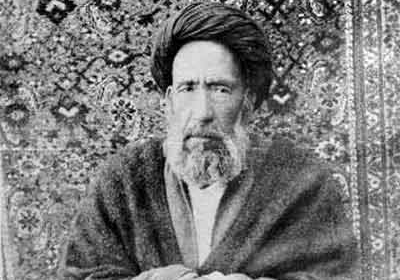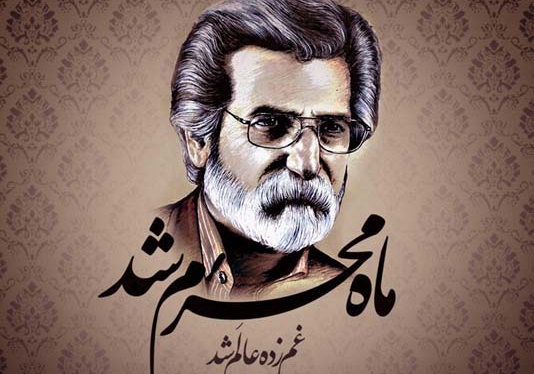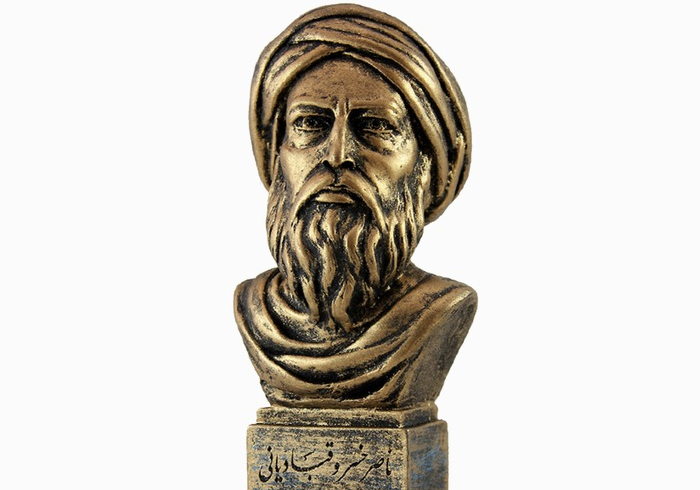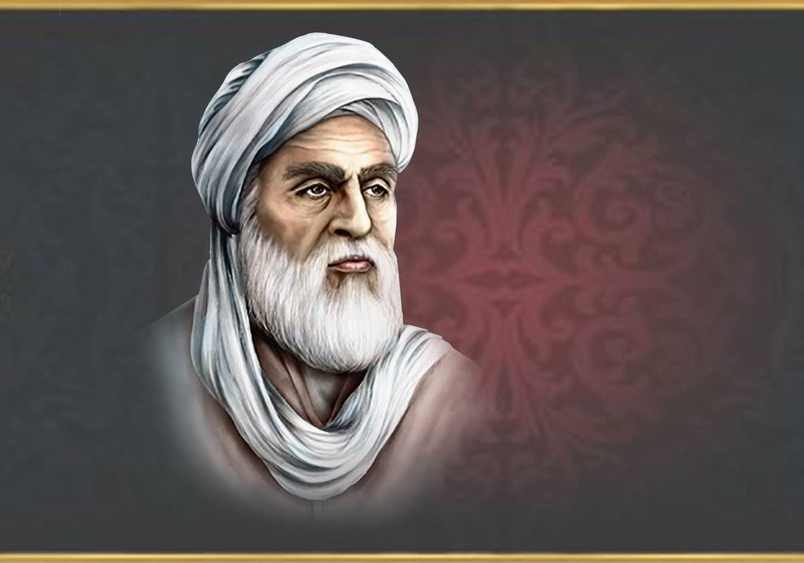
Sheikh Bahai and the Need for Reviving His Tumar
Tumar is the theory of distribution of Zayanderud’s water written by Bahauddin Muhammad ibn Hossein ibn Abdul Samad Ameli, popularly known as Sheikh Bahai. According to his theory, the water of the river Zayanderud is divided into 33 main shares and 275 smaller shares so that the water flows in a completely fair manner in the streams of every region and in the village farms of Isfahan.
Who Was Sheikh Baha’i?
Sheikh Baha’i, the great scholar of the Islamic world, was born in 1546 in Baalbek, Lebanon. At the age of 10, he went to Iran (the homeland of his ancestors) with his father, Ezzedin Hossein Ameli, at the invitation of the Safavid king, Shah Tahmasab I Safavid and settled in the city of Qazvin, which was the capital of the Iranian government at that time and the center for the Shiite Muslim scholars. In Qazvin Sheikh Baha’i’s outstanding intelligence was noticed by everyone and he benefitted from such scholars as “Ezzeddin Hossein Ameli, Abdullah ibn Shahabuddin Hossein Yazdi, Maulana Afzal Qayeni, Hakim Emaduddin Mahmud, Abi al-Tif Moqaddasi, and Mulla Muhammad Baqir Yazdi. He was one of the most prominent scholars of his time in such fields as exegesis, jurisprudence and its principles, literature, science of rijal, history, philosophy, theology, mathematics, medicine, etc. During the reign of Shah Abbas Safavid, the capital of Iran was moved from Qazvin to Isfahan. Due to his expertise in philosophy, logic, astronomy, and mathematics Sheikh Baha’i gained special respect and closeness in the royal court. Sheikh Baha’i’s father died in 1576 CE and he succeeded his father as the Sheikh al-Islam of Isfahan and was vested with the responsibility of handling religious affairs. Being skilled in mathematics, architecture, and engineering, he was able to build the Imam Mosque in Isfahan, the fence of Najaf, the sundial in the west of the Imam Mosque, divide the water of Zayandehrud River in the neighborhoods of this city, determine the direction of the Qiblah of the Imam Mosque, and the bathing heating system.
Sheikh Baha’i wrote more than 95 books, the most important of which is his famous book “Kashkul-e Sheikh Baha’i”. In addition to writing, he was a talented poet and his Persian poems mostly include Masnavi, Ghazal and Quatrain poems, He followed the style of "Fakhr al-Ddin Iraqi" and "Hafiz Shirazi" in ghazals, that of "Abu Saeed Abul Khair" and "Khwaja Abdullah Ansari" in quatrain, and Rumi’s style in Masnavi. The common feature of his poems is asceticism and mysticism. Sheikh Baha’i trained many students, each of whom provided a great service to the Islamic world. Among the most famous students of Sheikh Baha'i, mention can be made of Mulla Sadra, Allameh Majlesi I, Mohaghegh Sabzevari and Sayyid Mirza Rafiuddin Muhammad ibn Haider Hosseini Tabataba’i Naini.
Literary Works
Sheikh Baha’i wrote many poems in Persian and Arabic, most of them are in the book of Kashkul and have mystical and Sufi themes. The totality of his Persian poems, including ghazals, masnavis (Nan va halwa, shir va shekar, and Nan va Panir), Rubaiyat (quatrains), etc. were published by Saeed Nafisi in 103 pages, for the first time in 1937 CE. His Arabic poems were collected for the first time by Sheikh Mohammad Reza, the son of Sheikh Hurr Ameli, and published in full. The most famous Arabic poem of Baha'i is an ode with the title "Wasila Al-Fawz wa Al-Aman fi Madh Sahib al-Zaman" in 63 verses. Sheikh Baha'i also has works in Persian prose, the most important of which is the book "Pand-e Ahl Danesh wa Housh in the Language of Cat and Mouse" written in the Persian language.
Demise
The renowned Sheikh Baha’i passed away in Isfahan and his body was buried next to Imam Reza's shrine in 1622 CE. April 23 is commemorated in the national calendar of Iran as Seikh Baha’i Day. On the occasion of the 400th anniversary of Sheikh Baha’i’s demise, at the suggestion of the Islamic Republic of Iran, the name of this great scientist was inscribed in UNESCO.
Sheikh Baha’i was one of the most prominent scholars of his time in such fields as exegesis, jurisprudence and its principles, literature, history, philosophy, theology, mathematics, and medicine,
| JIna | Sheikh Bahai and the Need for Reviving His Tumar |
| Nchi | Iran |
| Jina la Utani | Sheikh Bahai |
| Wakati wa Uzalishaji | Born:18 February 1547 Died:1September 1621 (aged 74) |
| kazi | Wasila Al Fawz wa Al Aman fi Madh Sahib al Zaman Pand e Ahl Danesh wa Housh in the Language of Cat and Mouse Meklat (in Arabic) Kashkul (in Persian and Arabic) Tuti Namah (in Persian) Nan u Panir (in Persian) Shir u Shakar (in Persian) Nan u Halwa (in Persian and Arabic) Jami i Abbasi (in Persian) Tashriḥ Al Aflak (in Arabic) Al fawayid as Samadiah (in Arabic) Mashriq al Shamsayn wa Iksir al Sa adatayn (in Arabic) Al Athna Ashariyyah (in Arabic) Zubdat al Usul (in Arabic) |

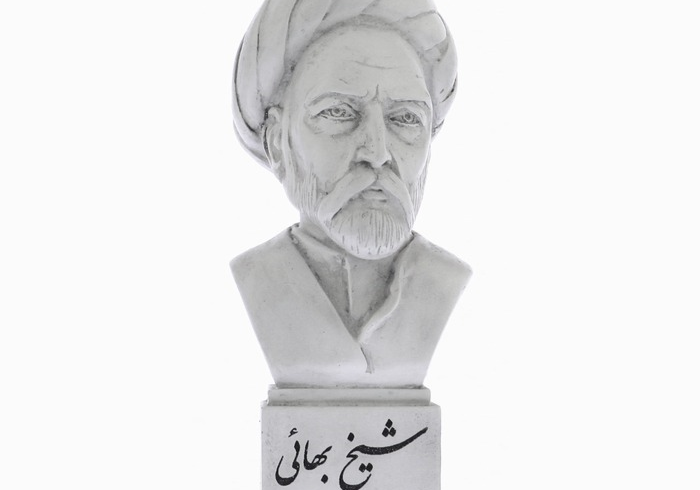




Chagua Kwa Umakini
Upofu wa Nyekndu Upofu wa Kijani Upofu wa bluu Nyekundu Ngumu Kijani Ngumu Kuona Buluu Ngumu Kuona Monochrome Monochrome maalumMabadiliko ya ukubwa wa maandiko:
badilisha nafasi za maneno:
Badilisha urefu wa mistari:
Badilisha aina ya panya:


